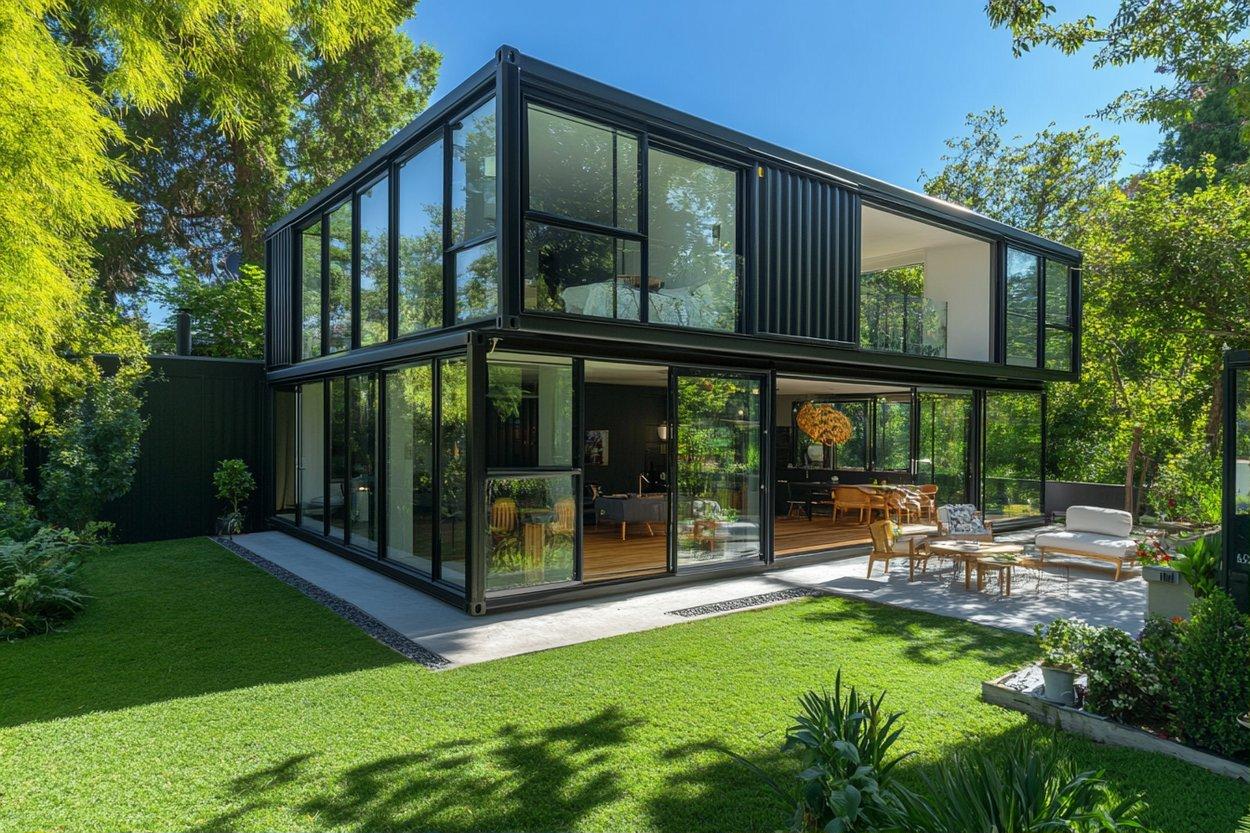Container House Costs and Benefits Explained
Container homes have gained popularity as an innovative housing solution that combines affordability with sustainability. These structures, built from repurposed shipping containers, offer a unique approach to homeownership that appeals to minimalists, environmentally conscious buyers, and those seeking cost-effective housing alternatives. Understanding the true costs and benefits of container houses helps potential buyers make informed decisions about this growing housing trend.

Container homes represent a fascinating intersection of sustainable living and modern architecture. Originally designed for cargo transport, shipping containers have found new life as building blocks for residential construction. This alternative housing approach has captured attention worldwide due to its potential for affordability, environmental benefits, and design flexibility.
How Much Does a Container House Really Cost?
The cost of container houses varies significantly based on size, customization level, and location. Basic single-container homes typically range from $30,000 to $60,000 for a DIY approach, while professionally built versions can cost $80,000 to $150,000. Multi-container luxury homes can exceed $300,000, depending on finishes and amenities.
Several factors influence pricing, including container acquisition costs ($2,000-$8,000 per unit), foundation requirements, insulation, electrical and plumbing systems, and interior finishes. Site preparation and permits add additional expenses that vary by location and local building codes.
Modular Homes vs Container Construction
Modular homes and container houses share similarities in their prefabricated nature but differ in construction methods and costs. Traditional modular homes are built in factory-controlled environments using conventional materials, while container homes repurpose existing steel structures.
Modular homes typically offer more standardized layouts and established building processes, often resulting in faster construction timelines. Container homes provide greater design flexibility but may require more specialized expertise for modifications and installations.
Both options can be more cost-effective than traditional site-built homes, though container houses often have lower material costs due to the repurposed nature of the primary structure.
Luxury Residential Containers and Premium Features
Luxury residential containers have evolved far beyond basic converted shipping containers. These high-end versions incorporate premium materials, sophisticated design elements, and advanced building systems that rival traditional luxury homes.
Premium container homes feature custom steel fabrication, high-end insulation systems, designer fixtures, and smart home technology. Some luxury versions include multiple containers arranged in complex configurations with courtyards, rooftop gardens, and extensive glass installations.
The luxury market demonstrates that container construction can achieve any level of sophistication, though costs increase substantially with premium features and custom design elements.
| Provider | Container Type | Cost Estimation |
|---|---|---|
| Backcountry Containers | Basic 20ft Unit | $35,000-$50,000 |
| MODS International | Luxury 40ft Home | $150,000-$250,000 |
| Alternative Living Spaces | Multi-Container Design | $200,000-$400,000 |
| Container Home Hub | DIY Conversion Kit | $25,000-$40,000 |
| SG Blocks | Commercial Grade | $100,000-$300,000 |
Prices, rates, or cost estimates mentioned in this article are based on the latest available information but may change over time. Independent research is advised before making financial decisions.
Design Considerations and Structural Requirements
Container home design requires careful consideration of structural modifications and building code compliance. Steel containers provide excellent structural integrity but need proper insulation, ventilation, and moisture control to ensure comfortable living conditions.
Successful container homes address thermal bridging through the steel walls, incorporate adequate insulation systems, and include proper vapor barriers. Window and door installations require structural reinforcement, while electrical and plumbing systems need careful planning to integrate with the container’s framework.
Local building codes vary significantly regarding container home construction, with some areas embracing alternative building methods while others maintain restrictive regulations that can impact feasibility and costs.
Environmental Benefits and Sustainability
Container homes offer significant environmental advantages through material reuse and reduced construction waste. Each repurposed container prevents approximately 3,500 pounds of steel from entering waste streams while reducing demand for new construction materials.
The compact nature of container homes naturally promotes minimalist living and reduced energy consumption. Many container home owners incorporate solar panels, rainwater collection systems, and other sustainable technologies that further reduce environmental impact.
Shorter construction timelines compared to traditional building methods also reduce construction-related environmental disruption and energy consumption during the building process.
Container homes continue gaining recognition as a viable housing alternative that balances affordability, sustainability, and design innovation. While costs vary significantly based on customization levels and local factors, these structures offer unique opportunities for creative homeownership. Success with container homes depends on thorough planning, understanding local regulations, and working with experienced professionals who understand the unique requirements of container construction. As the market matures, container homes are likely to become an increasingly mainstream option for diverse housing needs.




